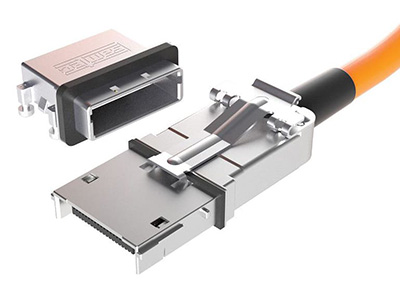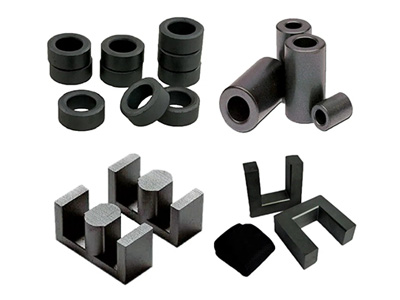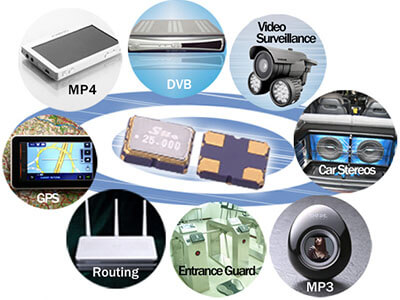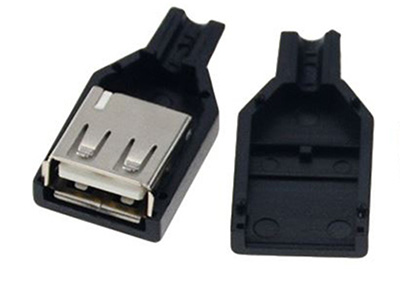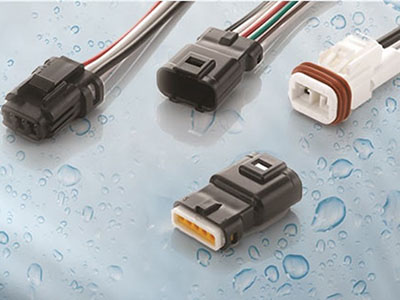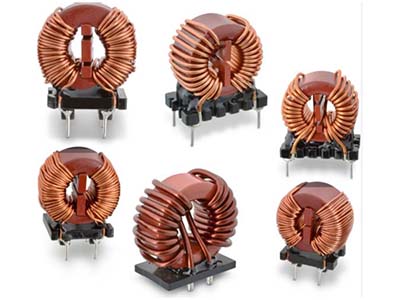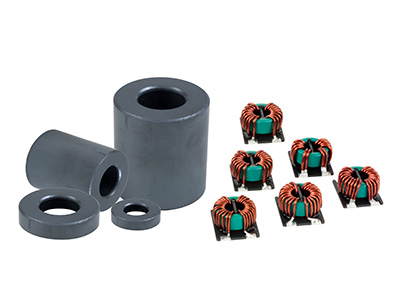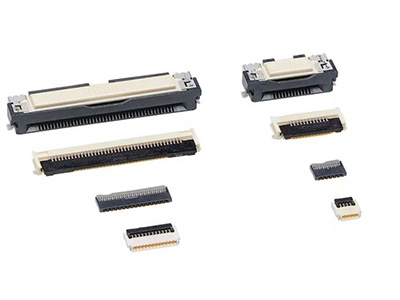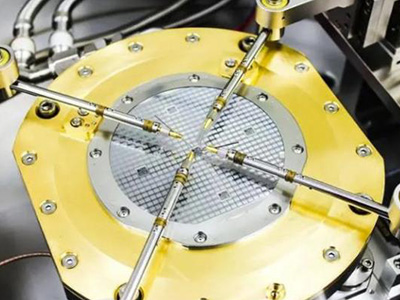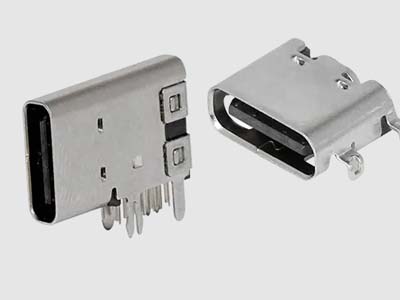The Ubiquity of Shark Fin Antennas in Modern Automotive Applications
The Rise of the Shark Fin Antenna in Automotive Design
Once merely functional appendages, vehicle antennas have undergone a remarkable metamorphosis. Today, shark fin antennas—compact, aerodynamic, and multi-functional—have emerged as essential components in the ever-evolving automotive communication ecosystem. Also known as paddle antennas, these low-profile units mimic the dorsal fin of a shark, striking a balance between aerodynamic form and sophisticated function. Typically roof-mounted, they enhance not just vehicular aesthetics, but also facilitate the seamless transmission and reception of a multitude of signals.
Housed within this sculpted enclosure are multiple antennas responsible for handling AM/FM radio, satellite communications, cellular signals, Wi-Fi and Bluetooth connectivity, GPS/GNSS, and MiMo (Multiple Input Multiple Output) data streams. This convergence of technologies transforms the humble antenna into a sophisticated nexus of connectivity, far surpassing the capabilities of traditional whip-style antennas. Not only do shark fin designs reduce drag and wind noise, but they also embody the merger of elegance and engineering.

From Luxury to Standard: The Shark Fin Evolution
BMW was among the pioneers to adopt shark fin antennas for production vehicles in the early 2000s, signaling a pivotal shift in automotive connectivity trends. Since then, their application has proliferated across nearly all major automotive manufacturers, becoming a fixture in both luxury and mainstream models. Their utility extends beyond infotainment—playing a vital role in vehicle-to-everything (V2X) communications, a cornerstone in the development of smart cities, connected cars, and autonomous driving infrastructures.
By integrating diverse communication technologies into one streamlined form factor, shark fin antennas serve as the central nervous system for vehicular data exchange, enabling real-time navigation, cloud synchronization, telematics, and advanced driver assistance systems (ADAS).
TE Connectivity: Engineering Excellence in Shark Fin Solutions
Among the vanguard of shark fin antenna innovation is TE Connectivity, whose antenna modules are engineered for both external and stud-mount installations. Compatible with RP-SMA, SMA, and TNC connectors, these systems embody modularity and ruggedness.
These antennas interface with vehicle communication systems through coaxial cables that channel signals to infotainment modules (supporting AM/FM and satellite broadcast), GPS navigation units, and telematics systems powered by Wi-Fi or cellular networks. Moreover, they connect to infrastructure-critical systems for ADAS and V2X applications, creating a dynamic data corridor between vehicles and smart city grids.
The design includes weatherproof gaskets to prevent moisture ingress, mechanical mounting for reliable grounding through the vehicle chassis, and streamlined RF cable routing—ensuring durability and longevity in harsh environments.
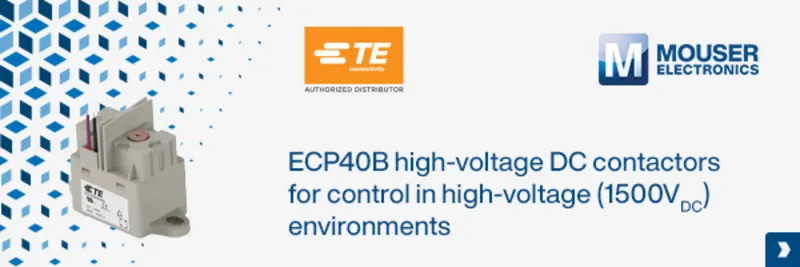
Simplified Integration with IDC Connector Technology
Historically, manual soldering was the predominant method for affixing coaxial cables to the internal PCB assembly of shark fin antennas. This process, however, is labor-intensive and prone to congestion within the confined housing of the module. Modern advances have paved the way for streamlined alternatives.
One such solution is the adoption of IDC (Insulation Displacement Connector) systems, which provide efficient, tool-less cable termination. A prime example is the Kyocera AVX 6791-000 Series—RF coaxial IDC connectors tailored for shark fin antenna integration. These components support signal and power transmission at frequencies up to 6 GHz. The IDC contact system pierces both the cable sheath and insulation layers, making direct contact with both the conductor strands and shielding to maintain signal integrity without additional soldering or stripping.
This innovation reduces assembly time, mitigates the risk of connection failures, and enhances the antenna’s electromagnetic performance.
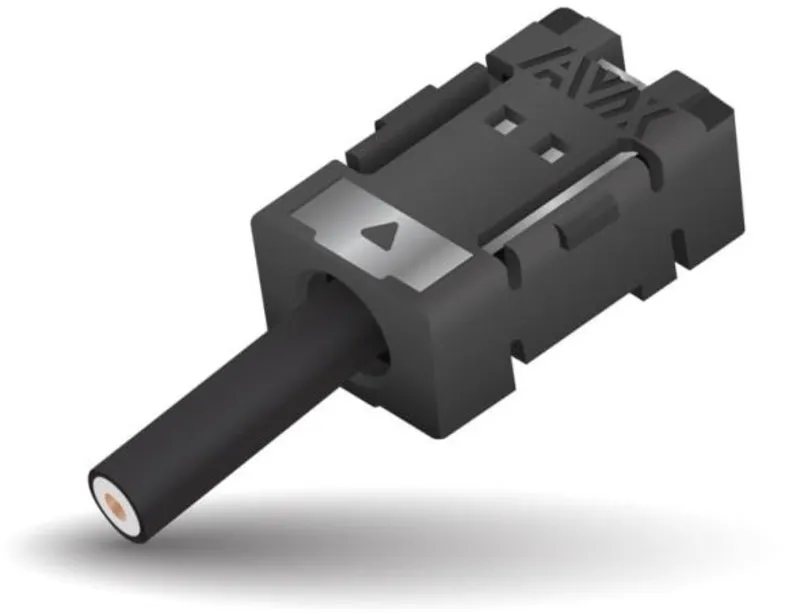
Key Industry Stakeholders in RF Antenna Systems
The shark fin antenna ecosystem is underpinned by a cohort of industry leaders driving innovations in RF signal transmission and antenna connectivity. Companies such as Hirschmann, Laird (Molex), Rosenberger, and TE Connectivity have cemented their roles as pivotal players in the design and manufacture of these integrated systems. Their contributions span antenna modules, RF cable assemblies, high-frequency connectors, and signal conditioning components.
Essential Design Elements for High-Performance Antenna Systems
A well-designed shark fin antenna module is far more than a passive receiver. It’s a multi-tiered integration of RF engineering, mechanical stability, and electronic interfacing. Critical components include:
RF Coaxial Cables: These transmit high-frequency signals from the antenna to the infotainment or telematics unit. Precision shielding and low insertion loss are key.
SMA or RP-SMA Connectors: These compact connectors are ideal for high-reliability GPS or cellular signal routing.
Multi-Pin Power Connectors: Supply power to onboard amplifiers and active circuit components inside the antenna module.
High-Speed Data (HSD) Connectors: Essential for Ethernet-based applications including real-time telemetry, over-the-air software updates, and ADAS integrations.
Micro RF connectors such as the I-PEX MHF® I LK, with built-in mechanical locking features, are frequently adopted in T-BOX and shark fin modules. Their robustness and miniature size make them ideal for high-density automotive platforms.
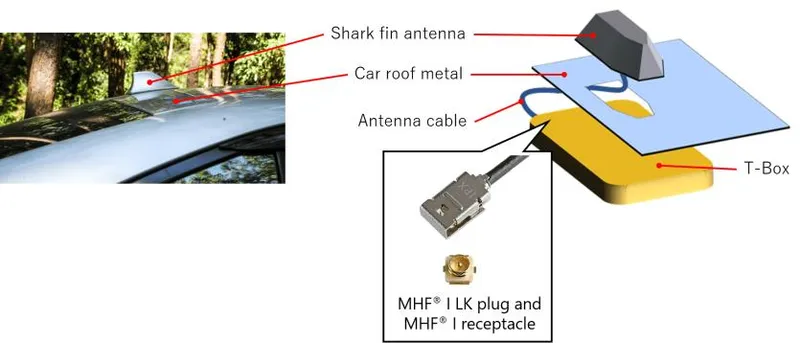
Expanding Applications Beyond Automobiles
Though synonymous with modern cars, the reach of shark fin antennas extends far beyond the realm of passenger vehicles. Their application has expanded into:
Commercial transportation, where they enable fleet-wide GPS tracking and telematics.
Data communication systems, supporting vehicle-to-cloud connectivity in logistics and public transport.
Unmanned Aerial Vehicles (UAVs), where space-efficient and aerodynamic antenna solutions are paramount.
A multitude of vendors—including Amphenol, I-PEX, Hirose, JAE, Kyocera AVX, Molex, Rosenberger, and TE Connectivity—offer a diverse portfolio of shark fin antennas and supporting interconnect technologies. Their innovations are reshaping the landscape of mobile communication and vehicle intelligence.
Conclusion
The shark fin antenna is emblematic of a broader paradigm shift in vehicular design—where connectivity is as critical as combustion or battery power. As vehicles become smarter and infrastructure becomes more interconnected, these small but mighty modules will remain indispensable, quietly empowering the data-driven journeys of tomorrow.
Shenzhen Gaorunxin Technology Co., Ltd



